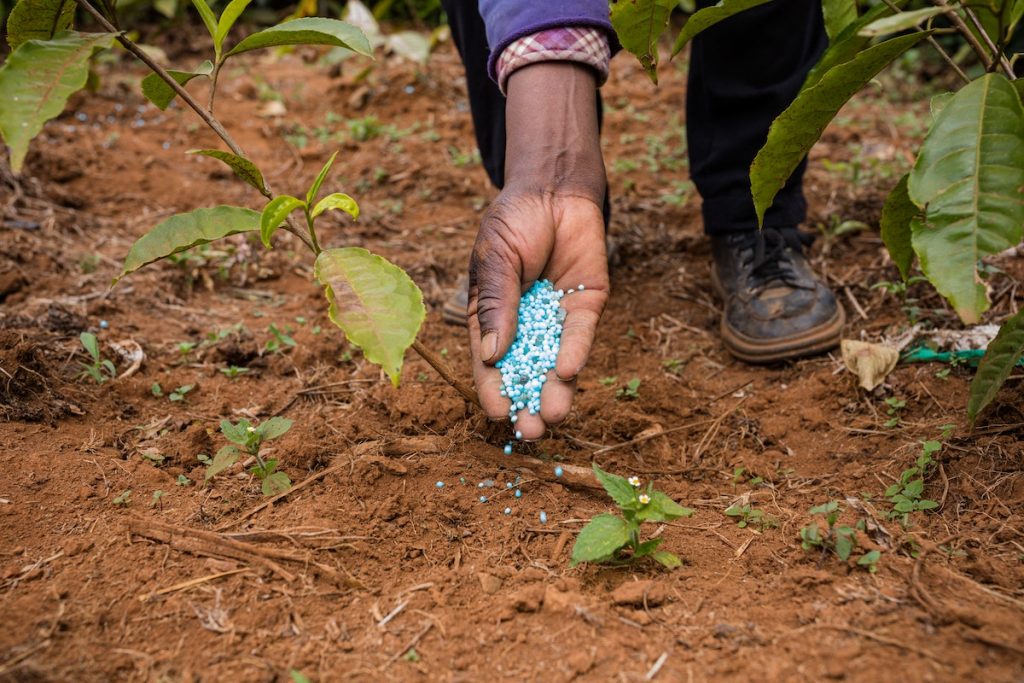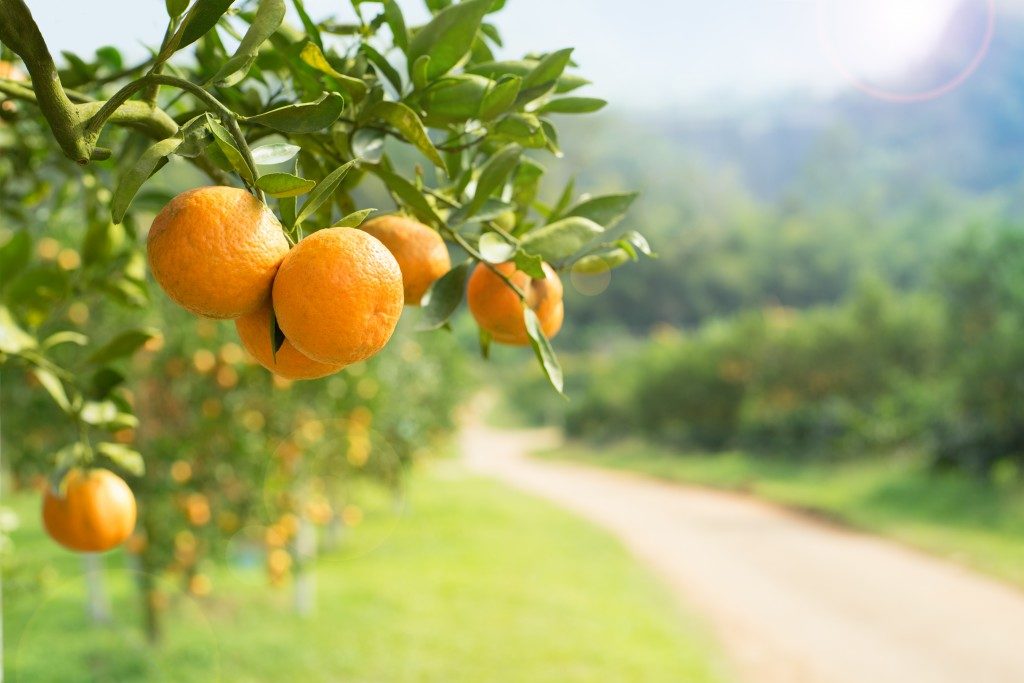In today’s fast-paced world, the popularity of outdoor recreation has soared as people seek solace and connection with nature. According to statistics, there are a staggering 168.1 million participants in the United States alone, and this number continues to grow with the rise of outdoor initiatives.
Engaging in activities like cultivating fruit trees has become a favorite pastime. Enter the Lemon Cypress Tree, a remarkable specimen with unique features. Its vibrant foliage, reminiscent of lemons, adds a touch of elegance and fragrance to any landscape or garden, making it an irresistible choice for nature enthusiasts.
Lemon Cypress Tree History

The Lemon Cypress tree, scientifically known as Cupressus macrocarpa ‘Goldcrest,’ traces its origins back to the Monterey Peninsula in California. This cultivar is a hybrid of two cypress tree species: Monterey cypress (Cupressus macrocarpa) and Goldcrest cypress (Cupressus macrocarpa ‘Goldcrest’).
Over time, the Lemon Cypress Tree gained popularity for its appealing aesthetic and versatile uses. It has become a beloved choice for both indoor and outdoor landscaping, adding a touch of vibrant color and fragrance to gardens, patios, and balconies. Due to its compact size and columnar growth habit, it is often favored as a decorative potted plant, accentuating spaces with its striking appearance.
Beyond their ornamental value, Lemon Cypress Trees hold symbolic significance. Cypress trees have historically been associated with longevity, resilience, and spiritual transformation. In various cultures, they are seen as sacred trees and are frequently planted in memorial gardens or used as living memorials to honor departed loved ones.
The Lemon Cypress Tree’s rich history and captivating qualities continue to make it a sought-after choice for gardeners, landscapers, and nature enthusiasts alike. Its ability to thrive in various climates and its low-maintenance nature further contribute to its enduring popularity. Whether as a standalone specimen or part of a mixed garden, the Lemon Cypress Tree adds a touch of timeless beauty to any landscape.
Growing Lemon Cypress Trees
Growing Lemon Cypress trees holds immense importance for both seasoned gardeners and beginners alike. These stunning evergreens not only enhance the beauty of any landscape but also offer a delightful fragrance reminiscent of lemons. Whether you want to cultivate them in a backyard garden or as potted plants, this comprehensive guide will equip you with the knowledge and tips necessary to nurture and enjoy these remarkable trees successfully.
Soil
The ideal soil composition for Lemon Cypress Trees is well-draining and rich in organic matter. It should be loamy and slightly acidic, with a pH range of 6.0 to 6.5. Well-draining soil is crucial to prevent waterlogging, which can lead to root rot and other issues. Adequate drainage ensures that the roots receive enough oxygen and helps maintain a healthy root system.

Sunlight
Lemon Cypress Trees thrive in full sun to partial shade. They require at least 6 to 8 hours of direct sunlight daily for optimal growth. Providing adequate sunlight exposure ensures proper photosynthesis, vigorous growth, and the development of vibrant foliage. Insufficient sunlight may result in leggy or weak growth.
Temperature
Lemon Cypress Trees prefer moderate temperatures ranging from 60°F to 75°F (15°C to 24°C). They are generally tolerant of a wide temperature range and can withstand brief periods of cold as low as 20°F (-7°C). However, extreme heat or prolonged exposure to freezing temperatures can stress the trees, so it is advisable to protect against such conditions.
Watering
Lemon Cypress Trees require regular watering to keep the soil moist but not waterlogged. Water deeply, allowing the topsoil to dry slightly between waterings. Avoid overwatering, as it can lead to root rot. Mulching around the tree’s base helps retain moisture and regulate soil temperature.
Pests and Diseases
Common pests affecting Lemon Cypress Trees include aphids, spider mites, and scale insects. Diseases such as root rot and cypress canker may also occur. Regular inspection and early detection are crucial. Good cultural practices, such as proper sanitation and adequate airflow, can help prevent infestations. Appropriate treatments like insecticides or fungicides may be necessary for pest or disease issues.
Fertilizing

Fertilizing Lemon Cypress Trees can enhance their growth and overall health. Use a balanced, slow-release fertilizer with a formulation of 10-10-10 or similar. Apply the fertilizer in early spring and late summer, following the manufacturer’s instructions. To prevent nutrient imbalances and potential damage to the tree, it’s best to refrain from over-fertilizing.
Harvesting
Lemon Cypress Trees offer the delightful aroma of lemon-scented foliage. Harvest the foliage by gently plucking or trimming the desired branches. To preserve the fragrance, dry the harvested foliage by hanging it in a cool, well-ventilated area. The dried foliage can be used for potpourri, sachets, or as a fragrant addition to floral arrangements.
Lemon Cypress Tree Companions
Companion planting is a strategic gardening technique that involves planting compatible species together to maximize the benefits of their interaction. When it comes to Lemon Cypress Trees, several suitable companion plants can enhance the overall aesthetics and health of the landscape. These companion plants complement the Lemon Cypress Trees visually and offer various benefits such as pest control, soil improvement, and pollination.
- Lavender (Lavandula spp.): Lavender’s aromatic flowers and foliage provide a beautiful contrast to the Lemon Cypress Trees. It attracts beneficial insects like bees and butterflies, which aid in pollination and contribute to a thriving ecosystem.
- Rosemary (Rosmarinus officinalis): Rosemary’s upright growth habit and evergreen foliage make it an ideal companion for Lemon Cypress Trees. It acts as a natural deterrent to pests such as aphids and helps improve the overall health of the garden.
- Marigold (Tagetes spp.): Marigolds are known for their vibrant colors and pest-repelling properties. Planting marigolds near Lemon Cypress Trees can help deter harmful nematodes and aphids while adding a cheerful burst of color to the landscape.
- Sage (Salvia officinalis): Sage’s gray-green leaves and compact growth habit make it a suitable companion plant. It attracts beneficial insects, acts as a natural repellent for certain pests, and enhances the flavor of culinary dishes when harvested.
- Thyme (Thymus spp.): Thyme’s low-growing habit creates a beautiful ground cover beneath Lemon Cypress Trees. It releases aromatic oils that deter pests and can also be used as a culinary herb.
- Sedum (Sedum spp.): Sedums, with their low-maintenance nature and succulent foliage, make excellent ground covers around Lemon Cypress Trees. They provide visual interest, help retain soil moisture, and prevent weed growth.
Benefits of Companion Planting
Companion planting offers numerous benefits, including:
- Pest control: Certain companion plants repel pests or attract beneficial insects that prey on harmful pests, reducing the need for chemical pesticides.
- Pollination: Companion plants that attract pollinators increase the chances of successful pollination, leading to better fruit and flower production.
- Soil improvement: Some companion plants help improve soil health by fixing nitrogen, reducing soil erosion, or enhancing nutrient availability.
- Microclimate regulation: Companion plants can provide shade, wind protection, or moisture retention, creating a more favorable microclimate for the Lemon Cypress Trees.
- Aesthetics: Well-chosen companion plants can enhance the overall beauty and visual appeal of the garden, creating a harmonious and balanced landscape.
Tips To Grow Lemon Cypress Tree
Growing Lemon Cypress Trees can be a rewarding experience, and by incorporating modern agricultural practices, you can ensure successful growth and care. Here are some tips and tricks to help you along the way, along with troubleshooting suggestions for common challenges:
- Start with quality seedlings or nursery plants: Begin with healthy and well-established Lemon Cypress Tree seedlings or nursery plants. Inspect them for any signs of disease or pest infestation before purchasing.
- Choose the right location: Lemon Cypress Trees thrive in full sun to partial shade. Select a location with adequate sunlight exposure and well-draining soil to promote optimal growth.
- Soil preparation: Prepare the soil by incorporating organic matter such as compost or well-rotted manure. This improves soil fertility, moisture retention, and drainage. Ensure the soil pH is in the optimal range of 6.0 to 6.5.
- Proper watering: To keep the soil consistently moist, Lemon Cypress Trees need regular watering. But be careful not to overwater them, as it could cause root rot. Water deeply, allowing the topsoil to dry slightly between waterings. Mulching around the base of the tree helps conserve moisture.
- Pruning and shaping: Prune your Lemon Cypress Tree to maintain its desired shape and size. Regularly remove dead or diseased branches and thin out overcrowded growth. Pruning also promotes airflow, reducing the risk of fungal diseases.
- Fertilization: Apply a balanced, slow-release fertilizer in early spring and late summer to provide essential nutrients. Follow the manufacturer’s instructions for proper dosage and application. To prevent nutrient imbalances, reduce the amount of fertilizer used.
- Pest and disease management: Monitor your Lemon Cypress Trees regularly for common pests like aphids, spider mites, and scale insects. If detected, use organic insecticidal soap or horticultural oils to control them. Practice good garden hygiene, removing fallen debris promptly to prevent fungal diseases.
- Cold and heat protection: While Lemon Cypress Trees are generally tolerant of a wide temperature range, extreme cold or heat can stress them. Provide protection during severe weather conditions by covering them or moving container plants indoors.
- Monitor for nutrient deficiencies: Be alert for any indications of nutrient deficiencies like stunted growth or yellowing leaves. Adjust fertilization accordingly or consult with a local gardening expert for guidance.
- Troubleshooting: If you encounter specific issues like yellowing leaves, poor growth, or pest infestations, diagnose the problem promptly. Seek advice from local horticulturists, extension services, or gardening communities to identify the cause and appropriate remedies.
By following these tips and employing proper practices, you can cultivate healthy and vibrant Lemon Cypress Trees that add beauty and fragrance to your landscape. Remember, regular monitoring, proper care, and timely interventions are key to successful growth and overcoming any challenges that may arise. By following these simple guidelines, you can become a successful Lemon Cypress tree gardener and enjoy the rewards of your hard work for years to come.
Frequently Asked Questions
How tall does a Lemon Cypress Tree grow?
Lemon Cypress Trees typically grow up to 10-15 feet (3-4.5 meters) in height, but regular pruning can be maintained at a desired size.
Can Lemon Cypress Trees be grown indoors?
Yes, Lemon Cypress Trees can be grown indoors if they receive adequate sunlight, are placed in well-draining soil, and are provided with proper care and maintenance.
Can I prune my Lemon Cypress Tree to control its shape?
Yes, you can prune your Lemon Cypress Tree to control its shape. Regular pruning helps maintain the desired size and shape, promotes healthier growth, and enhances the tree’s overall appearance.
Can I use a Lemon Cypress Tree as a Christmas tree?
Lemon Cypress Trees can be used as alternative Christmas trees due to their conical shape and vibrant foliage. Decorate it with ornaments and lights for a unique and aromatic holiday display.
How fast does a Lemon Cypress Tree grow?
Lemon Cypress Trees have a moderate growth rate, typically averaging around 12-24 inches (30-60 cm) of growth per year. However, factors such as climate, soil conditions, and care practices can influence their growth rate.



